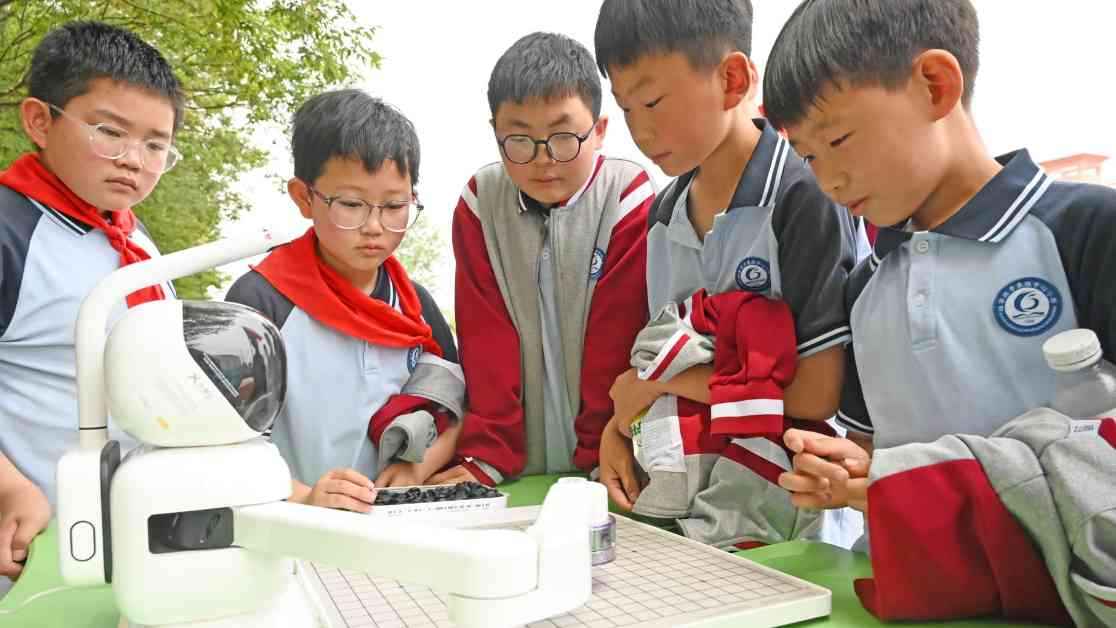A student was playing chess with an intelligent robot in Xuzhou City, Jiangsu Province, China on May 13, 2025. The scene was captured in a photo by Cfoto from Future Publishing. The match between the student and the AI robot was an interesting display of the advancements in technology and education in China.
New Education Policies in China
According to a local government report released on Thursday, China has implemented new education policies for the year that put restrictions on the use of generative artificial intelligence in classrooms. The guidelines mentioned in the report, which were not made public, focused on AI education and the use of generative AI in primary and secondary schools for the year 2025. The Ministry of Education in China has not yet responded to requests for comments regarding these new policies.
Restrictions on AI Use
The report outlined specific restrictions on the use of generative AI tools by students in different levels of education. Primary school students are not allowed to use unrestricted generative AI tools independently, although instructors can use the technology to aid in teaching. Middle school students are permitted to explore how generative AI reasons and analyzes information, while high school students have broader access to the technology. The policies also prohibit students from directly copying AI-generated content into their homework assignments and require schools to establish a list of approved generative AI tools for use on school premises.
Promotion of AI Education
The People’s Daily, the official newspaper of the Chinese Communist Party, mentioned the new guidelines in its Thursday edition. The focus of the policies is on promoting “scientific” and “standardized” AI education suitable for different stages of education. The report did not specify the limits on AI use but emphasized the importance of promoting AI education in a structured manner. The use of generative AI in China has seen a significant increase following the release of chatbot apps by companies like DeepSeek, Tencent, and ByteDance, which have become popular among the Chinese population.
In conclusion, the implementation of new education policies in China regarding the use of generative artificial intelligence highlights the country’s commitment to integrating technology into the educational system. The restrictions on AI use by students at different levels of education aim to ensure a balanced and controlled approach to incorporating AI tools in classrooms. The promotion of scientific and standardized AI education reflects China’s efforts to adapt to the advancements in technology while maintaining a structured approach to learning. The impact of these policies on the future of education in China remains to be seen, but they certainly mark a significant step towards embracing AI in the classroom.

















